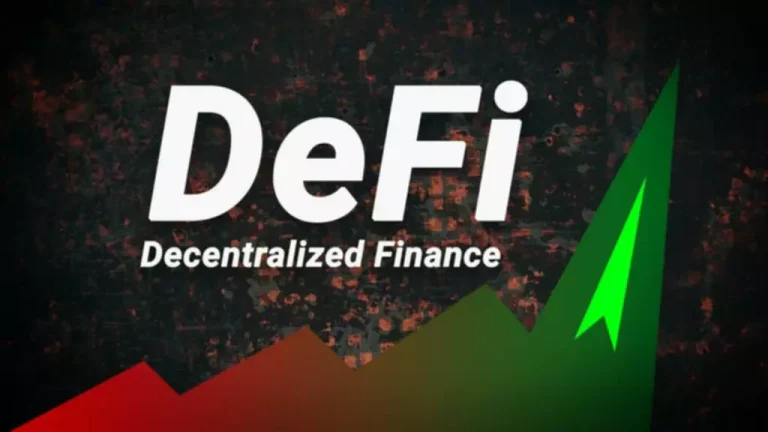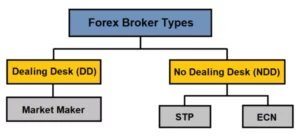Nowadays, the world is moving faster and new terms and phenomena emerge. It is vital to keep up with all brand-new innovations, especially, in the world of finances. Open Finance vs Decentralized Finance are two terms that help to understand the banking and money governance system. Decentralized finance (DeFi) is a financial relationship carried out using funds formed within various enterprises, companies, households, or individuals. DeFi refers to an ecosystem of financial applications built on blockchain networks.
Open banking is a term for opening and using banking services that can be used outside of a particular bank’s online banking. Open banking also describes services beyond what an individual bank offers but can be activated directly in the respective bank’s online banking and used by its customers. Open Finance vs Decentralized Finance has numerous different features. Therefore, it is vital to know them.
What is open finance?
To comprehend the financial world better, it is crucial to understand the features of Open Finance vs Decentralized Finance. Open banking laid the foundation of open finance. Open banking focuses on classic and everyday banking services such as bank account reviews, payment features, or finance and planning briefs. Open finance opens up a compartment for other products and services. It may include savings and retirement savings, investments, mortgages, loans, insurance, and more.
Based on the principle of exchanging financial data through standardized and secure interfaces, available finance represents a paradigm shift. It gives consumers back control over their data: they decide what information about them can be shared and who can access it. All this is thanks to innovative and easy-to-use services.


Turnkey Brokerage Solution For Your Business
Get the most profitable fully licensed fx/crypto brokerage software or ready-to-operate business in 48 hours. Best-in-class web & mobile trading platforms, sales-driven CRM, full integration with MT4/5, and 150+ payment providers.
Why is open finance easy?
From the client’s point of view, open finance leads to convenience and greatly simplifies personal financial life — why? Clients have all the information, tools, and services to their finances on preferred platform in an online environment:
- No multiple logins, no cross-platform searches — everything that matters to a particular customer can be found centrally and visually on one platform.
- All bank accounts, payment transactions, financial data, insurance policies, investment instruments, lending comparisons, or loan agreements — all this and more can be used at any time and centrally in one place.
- It could be the online banking of a home bank or even a third-party platform. It is one of the potential impacts of open finance on clients and consumers.
The key to open banking is useful data, functions and services that can be shared and used through the API to platforms and ecosystems. Easy algorithms make open finances comfortable and easy to use for customers.
Third-party providers & fintech as the key to success
Banks need to work together with technology providers, fintech, and other companies to be ready for the digital age and new customer expectations. The first step is to work with a technology provider to update legacy back-office systems. Banks can then partner with fintech and other companies such as retailers through APIs to launch new products and bring their services into different user journeys. Open banking and finance provide the necessary infrastructure for these partnerships and ecosystems. It is essential in embedded finance, where success and collaboration go hand in hand.
In the future, banking services will eventually become so integrated into other user journeys that borders will all but disappear. Customers will access a broad portfolio of products through a single-user path.

What is decentralized finance?
Decentralized finance is a form of organization of monetary relations, the movement of funds formed at various enterprises, organizations, other business entities, households, and individuals. The term can refer to a campaign that aims to create an open, free, and transparent financial services ecosystem accessible to everyone and operates without interference from any authority. Users will retain complete control over their assets and interact with this ecosystem through peer-to-peer networks (P2P) and decentralized applications.
Benefits of decentralized finance
The main advantage of DeFi is easy access to financial services, especially to those who are isolated from access to the current financial system for some reason. Another potential advantage is the modular framework and interoperability of applications based on a public blockchain, leading to the emergence of entirely new types of financial markets, products, and services.
Functions of decentralized finance
The whole essence of decentralized finance can be defined using its functions:
- A function based on the regulation of all financial relations within the company. All financial flows must be controlled and distributed within any enterprise, which allows you to spread the company’s resources, including cash, correctly;
- Formation of the company’s total capital and its distribution. This function is based on the competent use of funds and the system of their formation for the further development of the enterprise;
- Investment function. It allows you to determine the financial resources that can be invested in the further development of the company, the purchase of new equipment or a completely different area of activity, which in the future will bring additional income;
- A function based on the distribution of the company’s total revenue. This function is based on the correct formation of the company’s reserves: current, primary, investment, future, etc. The financial system allows you to identify potential opportunities or problems that a company has at a given time.
Thus, the financial system is an integral element of the company’s activities in the market. Decentralized finance includes all relationships carried out with the help of money.
How and where is DeFi used?
DeFi is used in decentralized stable coins. Stablecoins are crypto whose value is pegged to an underlying asset (the US dollar). Stable coins are backed by fiat currencies, baskets of currencies, cryptocurrencies (such as ETH), physical assets (such as gold), or a combination of these assets.
USD-backed stable coins are effectively the right to claim fiat collateral from a centralized vault. The issuer provides the value of dollar-pegged stable coins, and their use is often associated with AML/KYC procedures. There are already known cases when the accounts of stable coin holders were frozen and closed.
Platforms for issuing tokenized securities
Such a system is used in platforms for issuing tokenized securities (Security Token Offering). Tokenized securities issuance platforms decentralize the process of giving or creating deposits, which in the traditional finance sector requires the participation of intermediaries such as investment banks.
The equivalent of the securities market in the Open Finance vs Decentralized Finance sector is the market for tokenized securities (security tokens). It involves the issuance of digital assets in full compliance with legal requirements, which provides a higher degree of protection for investors’ rights and reduces regulatory risks for issuers.
Wrapping Up
The growing use of smart devices, trading popularity, improved connectivity, and today’s highly demanding customers require a digital transformation in the financial sector. New technologies such as open banking open up new opportunities for established banks and fintech companies alike. Open finance is based on the conceptual foundation of open banking and has completely changed the digital transformation of the industry. It has been possible thanks to innovations fueled by the emergence of FinTech-bank collaborations such as automated enrollment, smart budgeting, account aggregation, automated accounting, and credit risk assessment.
Customers want intelligent solutions to help them better manage their money. With Open Finance vs Decentralized Finance, companies can confidently advise their clients. You can help them better understand their financial habits and needs. It is suitable for customer retention. The primary advantage of decentralized finance is its accessibility and openness. There are no centralized management structures; intelligent contracts ensure operations. Each type of finance has its advantages and disadvantages, but they all contribute to the development of the banking system and the convenience of the user experience.






